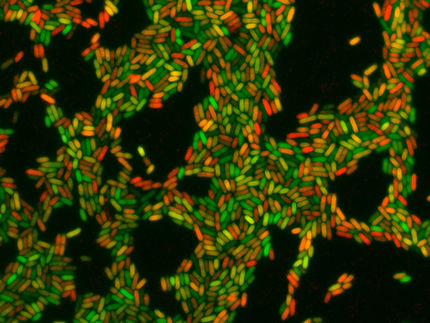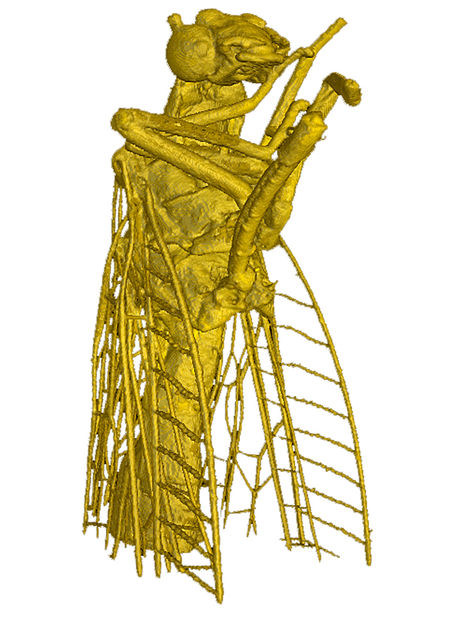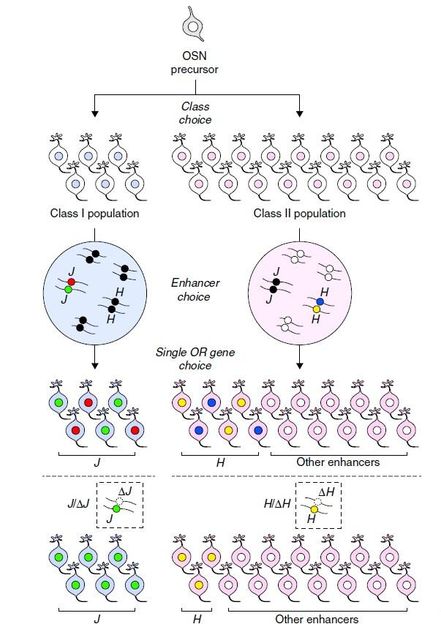Detecting bacteria on paper
Scientists in Canada have developed a low-cost, portable, paper-based device for detecting antibiotic-resistant bacteria that could be used in the field in remote areas to characterise infectious diseases and assess food and water quality.
The scientists used a paper support to hold wax-patterned paper culture media, covered by a clear plastic window. To test their device, they placed two ‘zones’ of antibiotics on to the media then added a blue dye and a bacteria sample, E. coli, on top of the dye.
After sealing and incubating the device overnight, the researchers observed, through the plastic window, that areas that had no bacterial growth remained blue and areas where the bacteria had successfully grown had turned pink. The size of the blue areas around the antibiotic zones indicates the susceptibility of the bacteria to antibiotic treatment. A system of a pattern of uniform hydrophobic spots across the media allows this blue area to be measured to quantify this antibiotic susceptibility.
The team also showed that the paper device could be easily stored over a long period of time. After assembling to the point that it contained the culture media and antibiotics, it could be left for up to 70 days in a sealed bag. The long-term storage, ease of use and cheap components required to make the device make it very promising for in-field use.
Most read news
Original publication
Organizations
Other news from the department science

Get the analytics and lab tech industry in your inbox
By submitting this form you agree that LUMITOS AG will send you the newsletter(s) selected above by email. Your data will not be passed on to third parties. Your data will be stored and processed in accordance with our data protection regulations. LUMITOS may contact you by email for the purpose of advertising or market and opinion surveys. You can revoke your consent at any time without giving reasons to LUMITOS AG, Ernst-Augustin-Str. 2, 12489 Berlin, Germany or by e-mail at revoke@lumitos.com with effect for the future. In addition, each email contains a link to unsubscribe from the corresponding newsletter.






















































